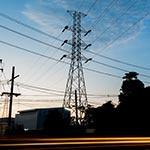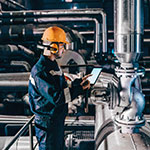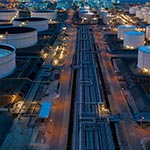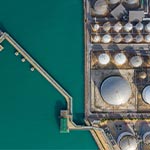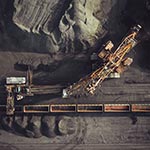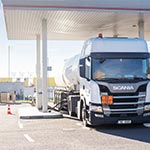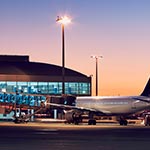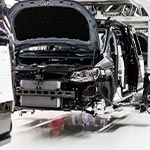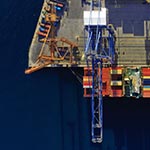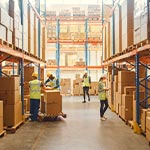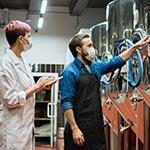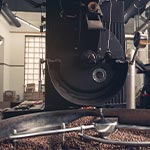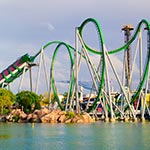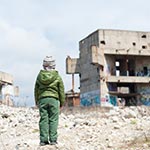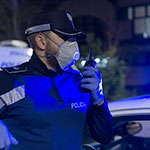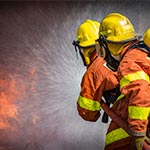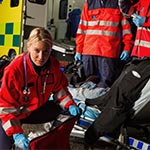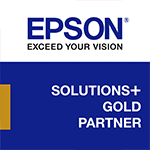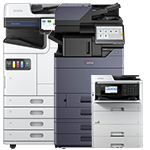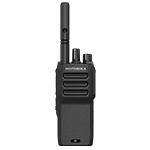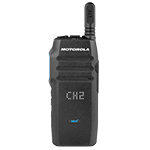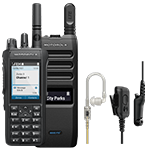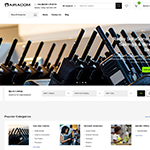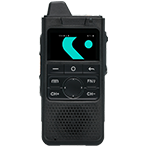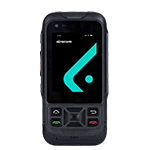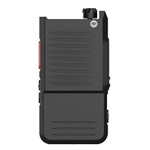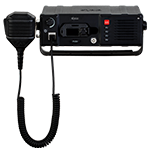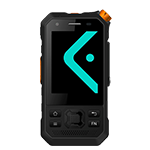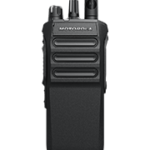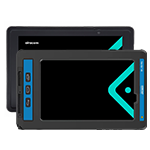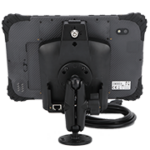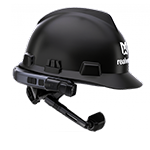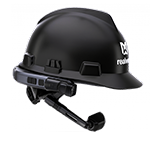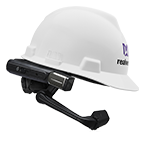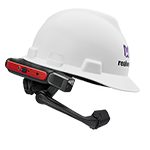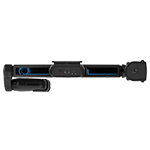SANS Certified
Comply with South African SANS safety standards
SANS, South African National Standards, is a set of standards developed by the South African Bureau of Standards for the safety of equipment within hazardous areas.
The SANS 60079 series of standards provide requirements and guidance for the design, selection, installation, inspection, maintenance, and repair of electrical equipment in hazardous areas where flammable gases or vapours, or combustible dusts, are present.
How does SANS enforce intrinsically safe equipment for hazardous areas?
SANS provides guidelines and standards for the design, selection, installation, inspection, maintenance, and repair of IS equipment in hazardous areas in South Africa. The Occupational Health and Safety Act, requires companies to ensure the safety of their employees, including the use of appropriate equipment in hazardous areas.
Intrinsically safe equipment is designed to prevent the release of electrical or thermal energy that could ignite an explosive atmosphere in a hazardous location. The SANS 60079-11 standard provides the requirements for the design and testing of intrinsically safe equipment for use in explosive atmospheres. SANS requires that IS equipment undergo testing and certification by a recognized certification body to ensure compliance with the standard. The certification process involves a thorough review of the design, construction, and testing of the equipment to ensure it meets the required safety criteria.
Once an IS device has been certified, it is labelled with a certification mark that indicates the type of protection provided and the level of protection. This mark serves as an assurance to the user that the equipment has been tested and meets the required safety standards.
What is classified as a hazardous area in South Africa by SANS?
SANS classifies hazardous areas in South Africa as locations where flammable gases, vapours, liquids or combustible dusts are present in quantities that could pose a risk of fire or explosion. Areas are categorised into zones based on the frequency and duration of the presence of hazardous materials:
Zone 0, An area where a flammable atmosphere is present continuously or for long periods of time.
Zone 1, An area where a flammable atmosphere is likely to occur under normal operating conditions or where it may be present occasionally due to maintenance, repair or breakdowns.
Zone 2, An area where a flammable atmosphere is not likely to occur under normal operating conditions, but if it does, it will only be present for short periods of time.
Understanding hazardous areas
SANS classification for hazardous area equipment in South Africa
SANS 60079-10 provides guidelines for classifying hazardous areas based on the properties of the hazardous materials, the frequency and duration of their release, and the ventilation and other factors that affect the concentration of hazardous materials in the area.
It is important for companies operating in hazardous areas to understand and comply with the SANS guidelines for hazardous area classification, as this can help prevent accidents and ensure the safety of employees and equipment.
Gases
Category
Gas groups are divided into subgroups based on the minimum ignition current and maximum experimental safety gap.
Zone 0
Where an explosive atmosphere is continuously present or present for long periods.
Zone 1
Where an explosive atmosphere is likely to occur in normal operation.
Zone 2
an area in which an explosive mixture is not likely to occur in normal operation and if it occurs it will exist only for a short time.
Dusts
Category
Explosive dust atmospheres consist of a mixture of the air with flammable substances in the form of dust or fibres.
Zone 20
An area in which an explosive mixture is continuously present or present for long periods.
Zone 21
An area in which an explosive mixture is likely to occur in normal operation
Zone 22
An area in which an explosive mixture is not likely to occur in normal operation and if it occurs it will exist only for a short time.
Dust Groups
Types of Dust
Dusts are divided into sub groups with IIIC dust’s are the most dangerous, while IIIB dust’s are classed as more dangerous when there is an electrostatic charge.
IIIC
Conductive Dusts
Graphite Powder, Toner
IIIB
Non-Conductive Dusts
Milk Powder, Powdered Sugar, Flour
IIIA
Fibres
Saw Dust, Tabacco
Where do you find SANS equipment being used?
Guidelines for hazardous areas are applicable to various industries where flammable gases, vapours, liquids or combustible dusts are present. Here are some examples of industries and scenarios that would require the use of SANS:
Oil and Gas Industry: The extraction, production, and distribution of oil and gas often involve hazardous areas such as drilling platforms, refineries, and storage facilities where flammable gases and liquids are present.
Chemical Industry: Chemical manufacturing facilities often use hazardous materials and generate combustible dust, making them high-risk areas for explosions and fires.
Pharmaceutical Industry: Laboratories and manufacturing plants that handle flammable solvents and chemicals require the use of intrinsically safe equipment to prevent accidental ignition.
Mining Industry: Mines are often located in areas with high levels of methane gas or other flammable gases, which require the use of special equipment and precautions to prevent explosions.
Food and Beverage Industry: The processing and storage of grains, sugars, and other food materials can generate combustible dust, making it necessary to use equipment specifically designed for use in hazardous areas.
Industries using SANS equipment?
In addition to the list below, many other industries may also require using SANS certified equipment in South Africa depending on the specific hazardous environment and applications within a facility.
Pulp and Paper
Waste and Recycling
Water and Wastewater Treatment
Textiles and Clothing
Global Certifications
Global certification schemes for electronic equipment designed for use across hazardous areas
Mobile devices and communications equipment reliably tested and certified for safe operation across major industries around the world. Each industry requires focused expertise to ensure product certification that adheres to strict national and international standards.

ATEX Certified.
The European standard for the safe use of equipment where there is potential for an explosive atmosphere present.

IECEx Certified.
The internationally accepted standard by organisations for the safe use of equipment within hazardous areas.
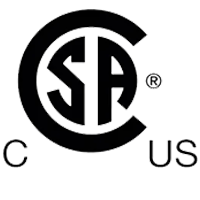
CSA Certified.
The Canadian standard is widely adopted by companies in North America and meets North American Standards.

EAC Ex Certified.
Is the Eurasian Conformity certification for organisations operating within the EAEU, including Russia.

InMetro Certified.
Accreditation body of Brazil. Equipment must conform to INMETRO standards for use in hazardous areas.

KCs Certified.
The Korean Occupational Safety and Health Agency. KOSHA. Required for all hazardous area safety equipment.

JNIOSH Certified.
The Japanese standard and certification from the National Institute of Occupational Safety and Health.

